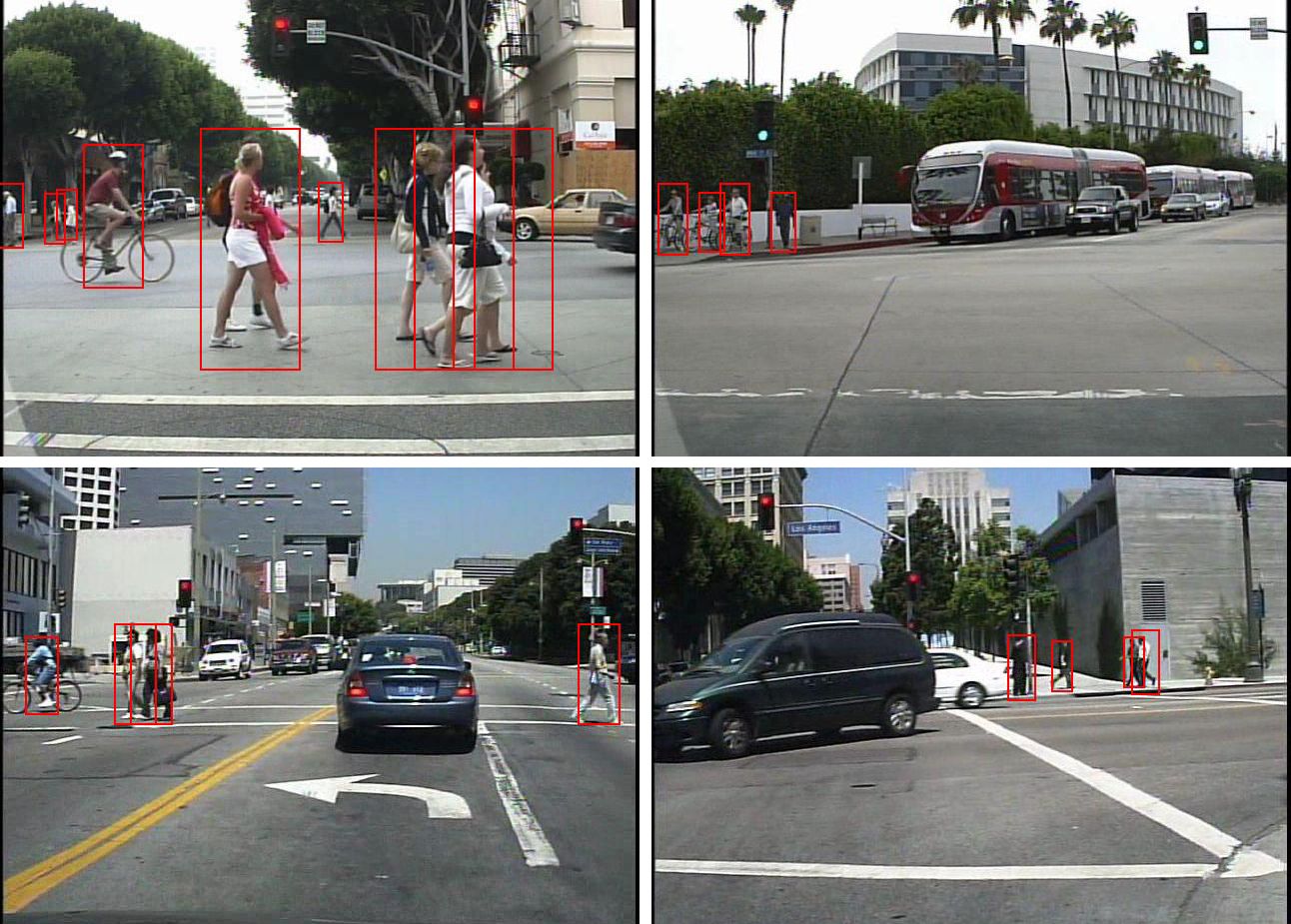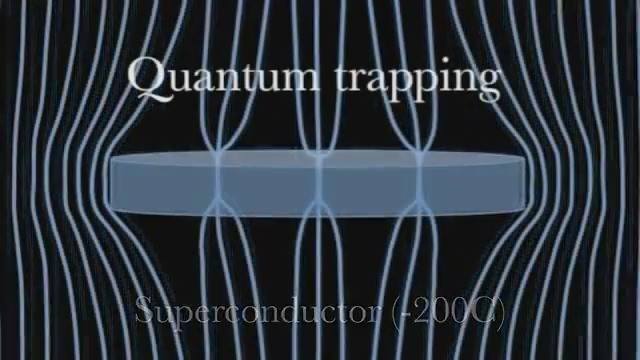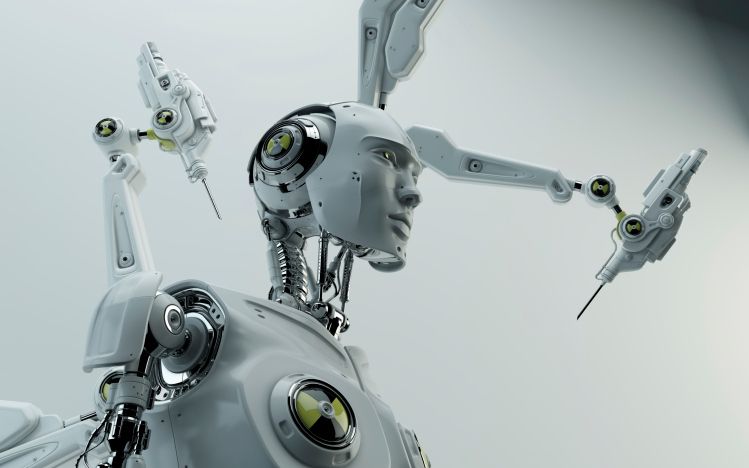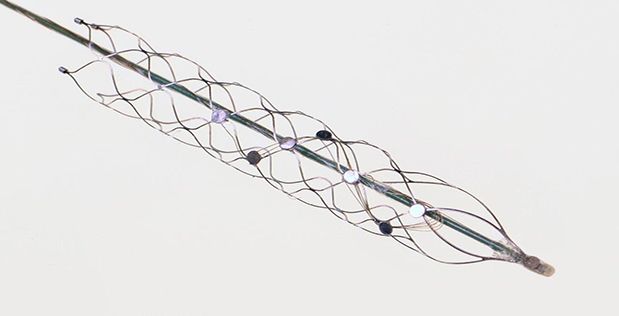Feb 8, 2016
Now, Scientists Can Suture Wounds with Lasers
Posted by Shailesh Prasad in categories: biotech/medical, futurism
A new method of closing wounds has been discovered by researchers from University of St. Andrews and Harvard Medical School.
In the future, your wounds might not be closed by stitches or staples. Instead, they will be fixed with lasers.
Continue reading “Now, Scientists Can Suture Wounds with Lasers” »

















